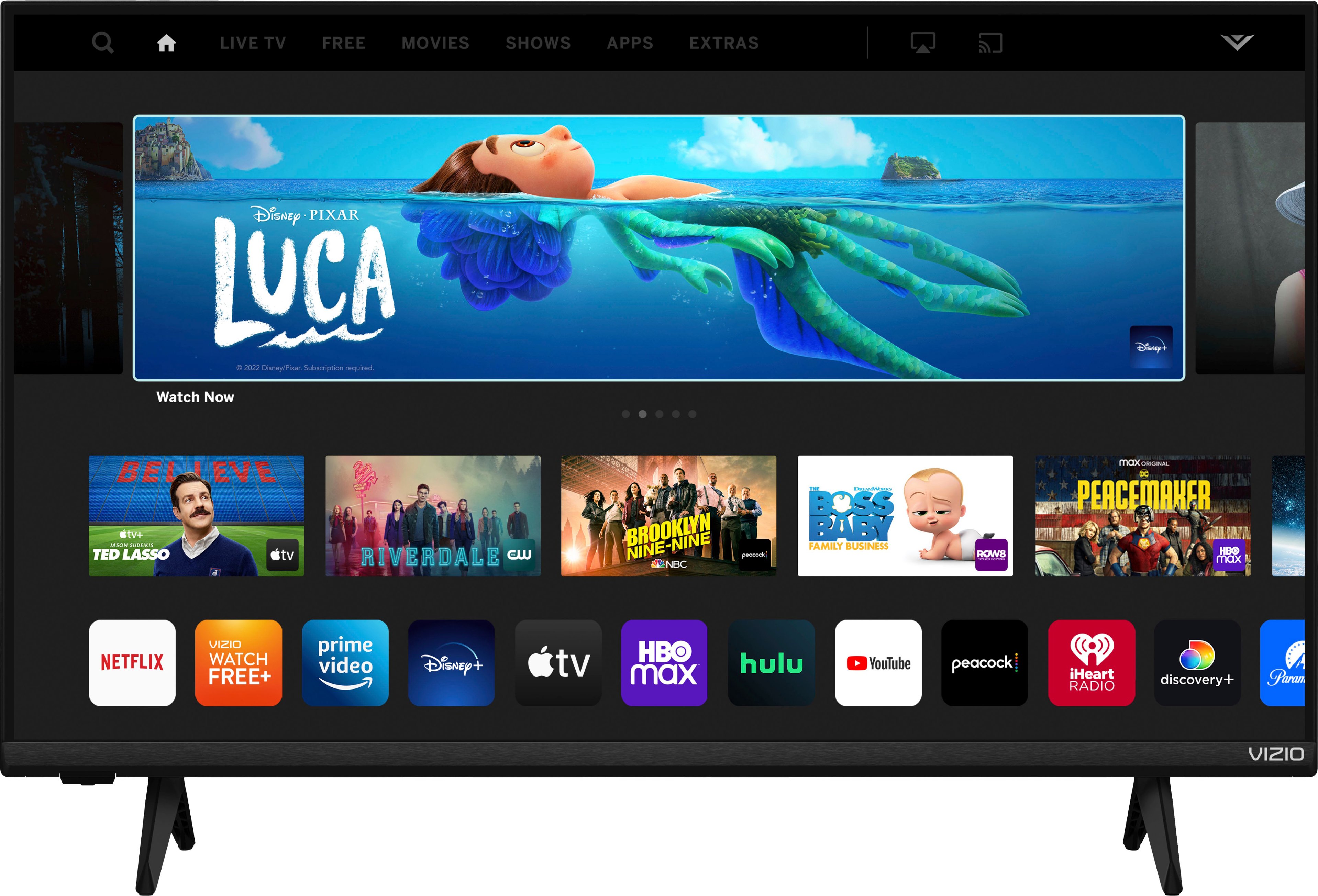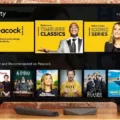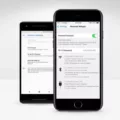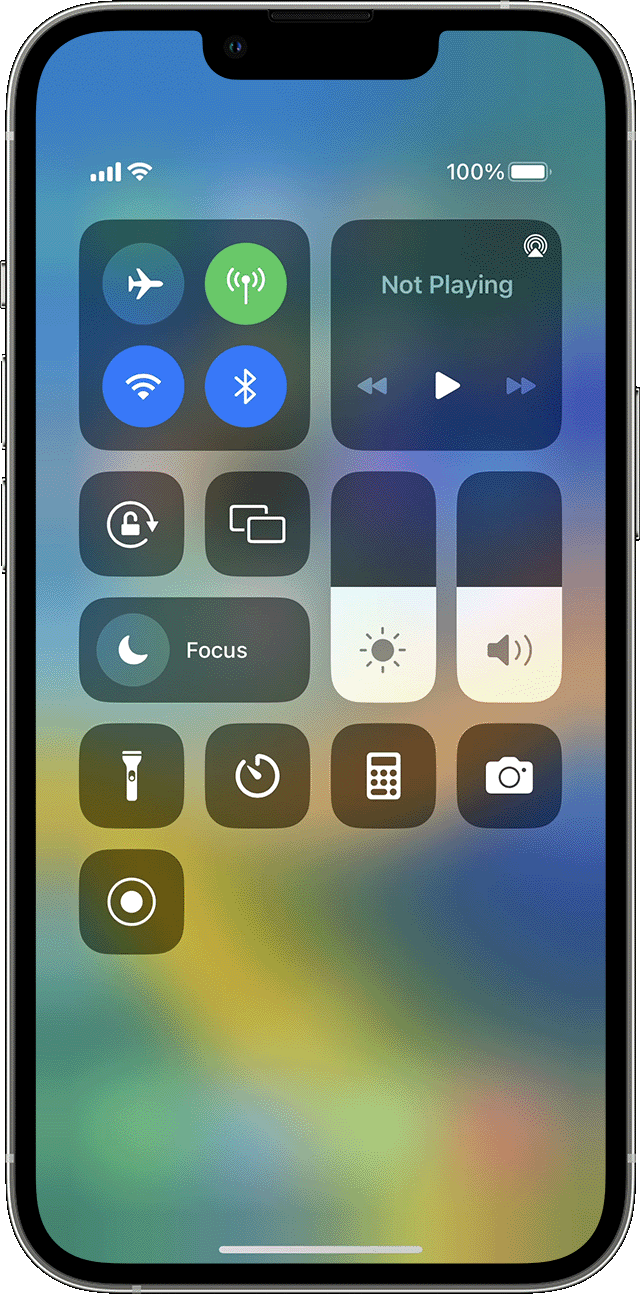Android is an operating system that is used in many smartphones and tablets around the world. One of the great features of Android is the ability to cast the screen on a TV. This allows users to share their Android device’s screen with a larger audience. While many people use Chromecast to cast their Android screen to a TV, there are other options available. In this article, we will explore how to cast an Android screen to a TV without Chromecast.
Method 1: Use a Miracast Dongle
One of the easiest ways to cast your Android screen to a TV is to use a Miracast dongle. This is a small device that plugs into the HDMI port on your TV and connects to your Android device via Wi-Fi. To use a Miracast dongle, follow these steps:
1. Plug the Miracast dongle into the HDMI port on your TV.
2. Turn on your TV and switch to the HDMI input where the Miracast dongle is connected.
3. On your Android device, go to Settings > Display > Cast Screen.
4. Select the Miracast dongle from the list of available devices.
5. Your Android screen should now be displayed on your TV.
Method 2: Use an HDMI Cable
Another option for casting your Android screen on a TV is to use an HDMI cable. This method requires a little more setup, but it can be a good option if you don’t have a Miracast dongle. Here’s how to do it:
1. Connect one end of an HDMI cable to the HDMI port on your TV.
2. Connect the other end of the HDMI cable to an HDMI-to-micro-USB adapter.
3. Connect the micro-USB end of the adapter to your Android device.
4. On your Android device, go to Settings > Display > Cast Screen.
5. Select the HDMI option from the list of available devices.
6. Your Android screen should now be displayed on your TV.
Method 3: Use Screencastify Chrome Extension
If you have a Google Chromecast, you can use the Screencastify Chrome extension to cast your Android screen to your TV. Here’s how to do it:
1. Download and install the Screencastify Chrome extension on your Android device.
2. Open the app and go to Settings.
3. Open the Screencastify app and go to Settings (the gear icon at the top right corner).
4. Tap on the “Cast to” option and select your TV from the list of available devices.
5. Your Android screen should now be displayed on your TV.
Casting your Android screen to a TV can be a great way to share your device’s content with a larger audience. While Chromecast is a popular option for casting, there are other methods available. By using a Miracast dongle, an HDMI cable, or the Screencastify Chrome extension, you can easily cast your Android screen to your TV without Chromecast. Try out these methods and see which one works best for you.
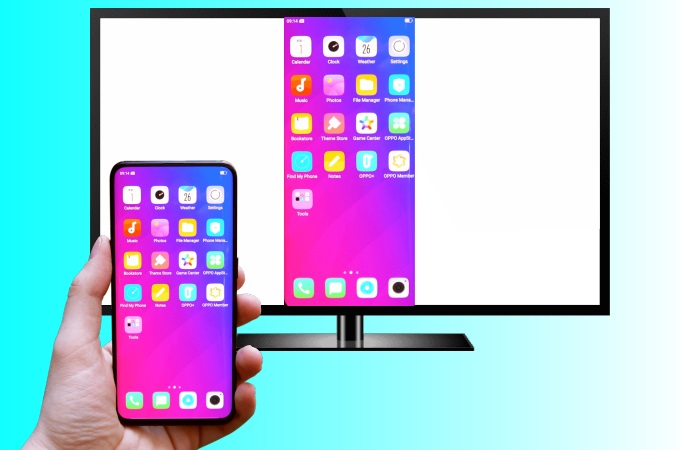
Mirroring Android to TV Without Chromecast
If you want to mirror your Android to a TV without Chromecast, there are several ways to do so. Here are three methods you can try:
1. Use a Miracast-Enabled Device: Miracast is a wireless display standard that allows you to mirror your Android screen to a TV. If your TV is Miracast-enabled, you can connect your Android device to it wirelessly. To do so, you’ll need to enable the Miracast feature on your TV, then connect your Android device to the TV via Wi-Fi. You can do this by going to your Android device’s Settings, selecting Display, and then selecting Cast Screen. From there, select your TV from the list of available devices, and you’re good to go.
2. Use an HDMI Cable: You can also mirror your Android screen to a TV using an HDMI cable. This method is straightforward and doesn’t require any additional hardware or software. To do so, simply connect your Android device to your TV using an HDMI cable, and then switch your TV’s input to HDMI. Your Android screen should now be mirrored on your TV.
3. Use a Screencastify Chrome Extension: You can use the Screencastify Chrome extension to cast your Android screen to your TV. To do so, you’ll need to install the Screencastify app on your Android device and open it. Then, open the Screencastify app on your TV and connect your Android device to it via Wi-Fi. Once connected, you can start casting your Android screen on your TV.
These are just a few methods you can use to mirror your Android screen to a TV without Chromecast. Depending on your device and TV, there may be other ways to do so as well.
Mirroring Android to TV
To mirror your Android device to your TV, you can use the Google Home app. The first step is to open the app on your Android phone or tablet. Once you’ve done that, tap the left-hand navigation to open the menu. From there, select “Cast screen/audio” and choose your TV.
After selecting your TV, your Android device will begin to mirror its screen onto the TV. This will allow you to see exactly what’s on your phone or tablet on a larger screen. You can use this feature to watch movies, play games, or show off photos and videos to friends and family.
It’s important to note that not all TVs are compatible with this feature, so you should check to make sure your TV supports screen mirroring before attempting to use it. Additionally, some Android devices may have different options for screen mirroring, so you may need to consult your device’s manual or support documentation for specific instructions.
Conclusion
Android is a powerful and versatile mobile operating system that has revolutionized the way we use smartphones and tablets. With its user-friendly interface, vast app store, and customizable features, Android has become the go-to choice for millions of users worldwide. Whether you’re looking for a high-end flagship device or a budget-friendly option, Android offers a wide range of options to suit your needs. With new updates and innovations being released regularly, Android continues to evolve and improve, making it an exciting platform for both developers and users alike. Android is a top-notch mobile operating system that offers a seamless and enjoyable user experience.

